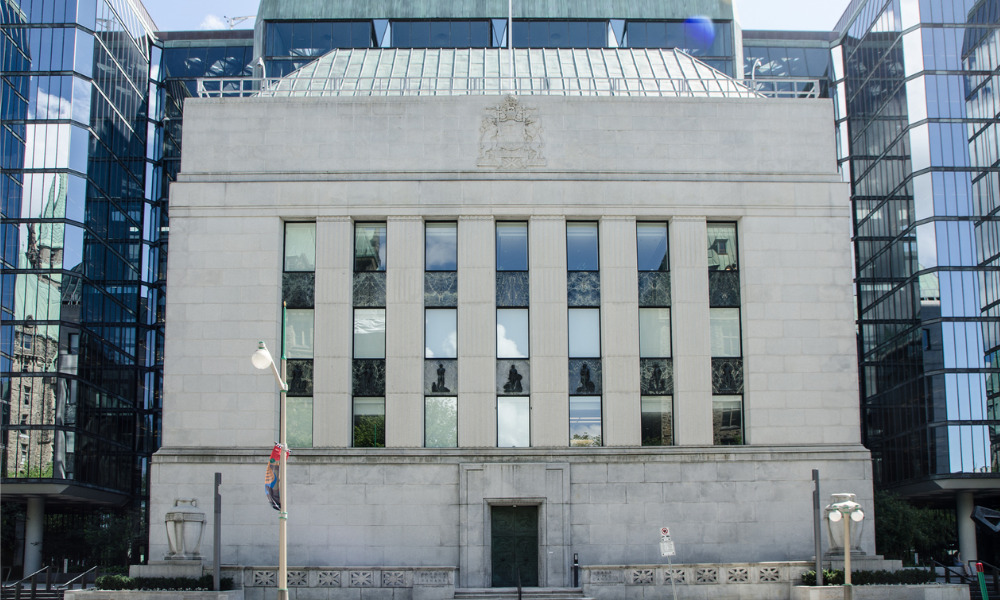Central bank to have greater flexibility to respond to global and domestic systemic volatility

The Bank of Canada will be upholding its 2% inflation target for the next five years, to be defined in terms of the 12-month rate of change in the total consumer price index, the central bank said in a joint statement with the Canadian government on December 13.
The BoC said that this renewed mandate gives its framework greater flexibility to respond to stark changes in the global and domestic financial environments.
“This renewal of Canada’s monetary policy framework is occurring at a time when changes to the economy are complicating the task of monetary policy,” the BoC said. “The global financial crisis and COVID-19 pandemic have had a significant impact on the global economy and financial system, and major trends such as shifting demographics and new digital technologies are altering the economic landscape.”
Among the tools the renewal grants the central bank is how and when it will use “an extended set of monetary policy tools when circumstances warrant,” and how it will consider “a broader range of labour market indicators to actively seek the level of maximum sustainable employment needed to keep inflation on target.”
Read more: How concerned is the Bank of Canada about inflation?
“From a longer-term perspective, since the adoption of an inflation-targeting framework 30 years ago, consumer price index (CPI) inflation has averaged close to 2%, despite periods of both upward and downward pressures on inflation,” the BoC said. “The maintenance of low, stable and predictable inflation has also contributed to Canada’s strong labour market performance. In the current context, Canada’s inflation-targeting framework helps to ensure that inflation will return to 2% over the medium term.”
Aside from stimulating labour market activity, the BoC will “leverage the flexibility of the 1% to 3% range to help address the challenges of structurally low interest rates by using a broad set of tools, including sometimes holding its policy interest rate at a low level for longer than usual,” it said. “The Bank will utilize the flexibility of the 1% to 3% range only to an extent that is consistent with keeping medium-term inflation expectations well anchored at 2%.”
The central bank said that it recognizes the risk of financial imbalance inherent in this strategy, which is why “the government will continue to work with all relevant federal agencies to ensure that Canadian arrangements for financial regulation and supervision are fit-for-purpose and consider changes if and where appropriate,” the BoC said.
“Recognizing the limits of monetary policy, the government and the Bank also acknowledge their joint responsibility for achieving the inflation target and promoting maximum sustainable employment,” the statement concluded.



